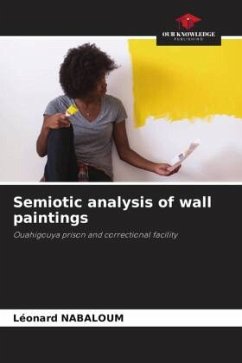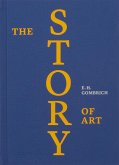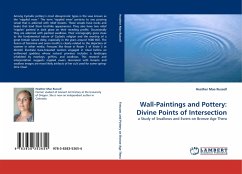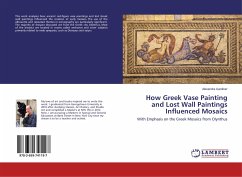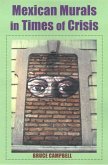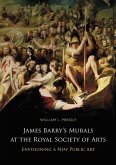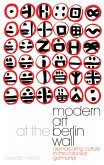Mural paintings, born of a human need for communication, are a form of artistic expression. A subset of graffiti, murals are pictures painted directly onto the wall of a building, usually by visual artists. Our study is a semiotic reading of the murals at Ouahigouya prison. It will involve questioning the signs that make up the paintings in our corpus in the light of semiotics, in order to expose the eloquence of the images. To this end, on the one hand, in the light of Groupe µ's visual syntax, we'll take a plastic look at shapes, colors and textures, then from an iconic angle, we'll focus on the triple relationship of elements: iconic signifier, type and referent. Then, in the light of Greimas and Courtés's theory of narrative, we will evoke the narrativity that derives from the narrative of mural paintings, invoking narrative syntax, the actanciel schema and possibly the semiotic square.
Bitte wählen Sie Ihr Anliegen aus.
Rechnungen
Retourenschein anfordern
Bestellstatus
Storno

